Grand Prix Attack – Quick Start Opening Guide
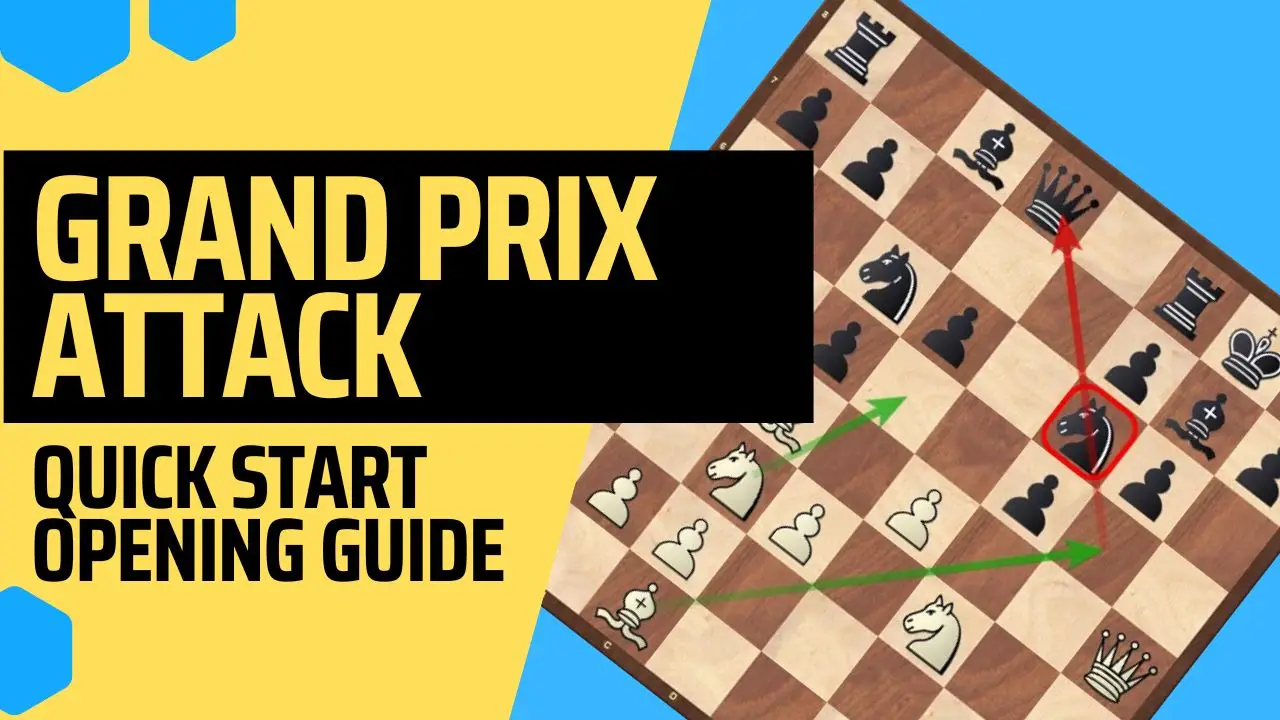
The Sicilian is one of the most popular replies for Black to 1.e4 and creating a good repertoire against it is an important step in a player’s development. At a high level, the Open Sicilian (2.Nf3 followed by 3.d4) is often employed and this is probably the reason why a lot of improving players decide to go for it as well.
However, the Open Sicilian opens the way to many set-ups from black. There are numerous possible lines, all of which require good theoretical knowledge. If you are an improver, you probably want to bypass the large amount of theory and focus on studying other aspects of the game. Generally, the Antisicilians allow you to do just that. If you are an aggressive player, a good choice is the Grand Prix Attack.
The Grand Prix Attack involves an early advance of the f pawn (2nd or 3rd move). Most commonly, it is seen in the move order 1.e4 c5 2.Nc3 followed by 3.f4 to any of black’s 2nd move replies. For example, this would be our position after 2…Nc6:
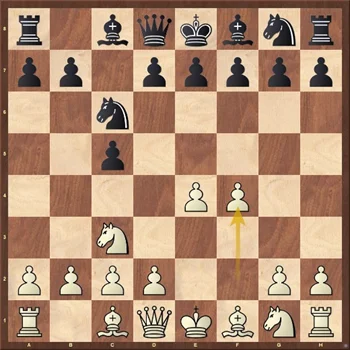
Theory
The Grand Prix is a straightforward line that Black can’t avoid.
The amount of theory is limited and the good news is that you can play this opening without learning long lines, but just by understanding its ideas.
In many situations, even if the black’s set-up is different, the white’s plan remains the same – to play for a kingside attack. Let’s see what are black’s options.
Black plays 2…Nc6
This is black’s most popular reply, keeping flexible. After 3.f4, black has to decide again – where will the dark-squared bishop go?
The options are to go for the fianchetto with 3…g6 or play 3…e6.
The fianchetto
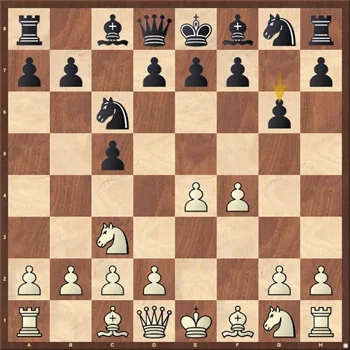
Position after 1.e4 c5 2.Nc3 Nc6 3.f4 g6
Now, after 4.Nf3 Bg7, white needs to develop the light-squared bishop, and there are two good options – b5 or c4.
They are equally popular and have been played by strong Grandmasters. If you are an aggressive player, you can look into 5.Bc4, when the idea is to have the bishop pointing at f7 and ready for a kingside attack.
The main line goes 5…e6 6.0-0 Nge7 7.d3 0-0 8.Qe1, preparing Qh4 and f5:
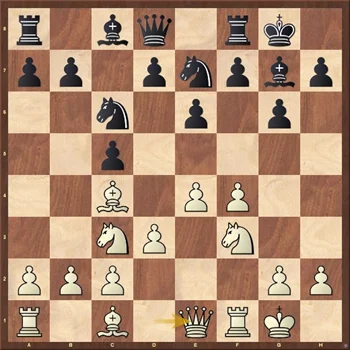
With 5.Bb5, white wants to capture on c6. Black’s main move is 5…Nd4. Now after 6.0-0 a6 7.Bd3 d6 8.Nxd4 cxd4 9.Ne2 Nf6 we reach a position where white can play in a few ways:
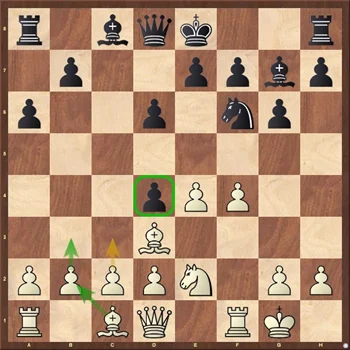
One idea is to push c3, getting a strong center after 10…dxc3 11.bxc3. The bishop will drop back to c2, leaving the path free for the d pawn. The other plan involves adding pressure on the d4 pawn, by means of b3 and Bb2. Note that the pawn can’t be captured right away, due to tactics. If 10.Nxd4, black plays 10…Qb6, pinning the knight and eventually winning it after 11…e5.
3…e6
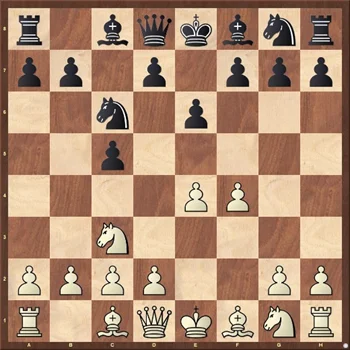
Position after 1.e4 c5 2.Nc3 Nc6 3.f4 e6
After 3.Nf3, black’s most challenging reply is 3…d5. If, instead, 3…d6 is played, white can decide to open the center with 4.d4. We will now have a favorable Open Sicilian, where white will get a lot of pressure on the weak d6 pawn.
3.Nf3 d5 4.Bb5 (again, threatening Bxc6) Nge7 6.exd5 exd5 7.Qe2! This is a strong move, threatening again Bxc6 and hindering black’s development. Black can quickly get into a worse position after 7…Qd6 8.d4! cxd4 9.Nxd4 Bd7 10.Be3:
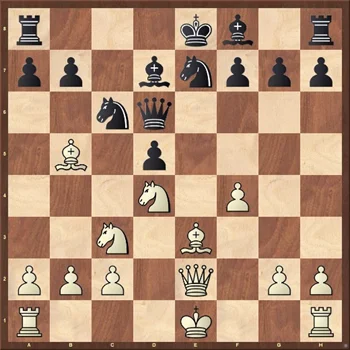
The following game is a very good example of how quickly things can go wrong for black in this position:
Black plays 2…e6
As we have seen in the previous lines, this move prepares the central …d5 advance. White continues in a similar way: 3.f4 d5 (3…Nc6 transposes to the line presented above) 4. Nf3 d4 5.Bb5+ Bd7 6. Bxd7 Qxd7 7.Ne2 Nc6 8.d3:
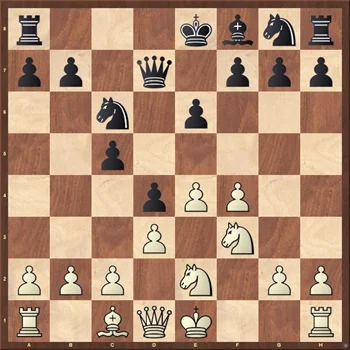
White’s plan is to castle short and prepare an attack on the kingside. With the center blocked, this is possible without taking any major risks.
Black can also play 2…d6, but after 3.f4 we would most likely transpose to one of the lines analyzed above.
Typical plans and patterns
As you probably know by now, white tries to attack the kingside in many lines. The most common way of doing this is a timely f4-f5 advance. You can prepare it with Qe1-h4 and execute it even if it means sacrificing a pawn. The following line is a very dangerous one for black:
1.e4 c5 2.Nc3 Nc6 3.f4 g6 4.Nf3 Bg7 5.Bc4 e6 6.0-0 d6
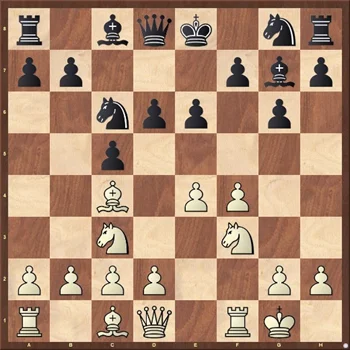
Notice that in the theory section, I went over 6…Nge7 and that is for a very specific reason – this is the best development for black! Playing …d6 instead slows down black’s development and this tempo will count later on in the game.
Now white can continue with 7.f5!? It looks like black is winning a pawn after 7…exf5, but white was never intending to recapture here! 8.d3 is the right continuation, getting ready to include the dark-squared bishop in the attack as well:
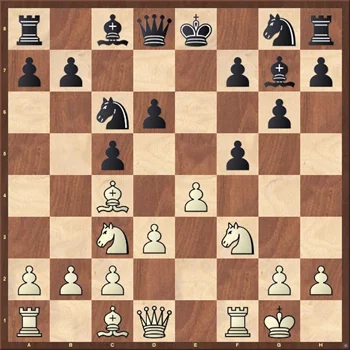
Now, after 8…Nge7 white will play 9.Qe1, followed by Qh4. Note that developing the knight to f6 can many times cause black even more trouble. White can easily challenge it with Bg5 and the same Qe1-h4 plan.
For example: 8…Nf6 9.Qe1 0-0 10.Qh4:
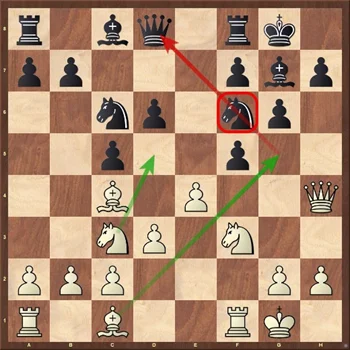
Now Bg5 is a serious threat. Once the black knight is pinned, the c3 knight can jump to d5, winning a piece.
Going back to our Nge7 development, you will probably be surprised to know that after 9.Qe1 0-0 isn’t the best move, although the most logical. White will get a decisive advantage after 10.Qh4:
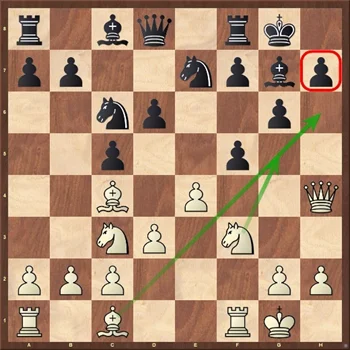
The threat is again lethal and difficult to stop: Bh6, followed by Ng5. White wants to then capture on g7 and checkmate on h7.
To sum up, a few ideas are worth remembering:
- The f4-f5 advance
- The Bg5 idea, pinning the f6 knight
- The Qe1-Qh4 maneuver, combined with potential Ng5 ideas to put pressure on h7.
In the following game, white combines these ideas beautifully, winning a very short and nice game:
What is the best set-up for black, then?
Black’s main idea should be to counter-attack in the center. This is why the quick 6…Nge7 is important. Now, if white tries to do the same (7.f5), the right continuation is 7…d5! And black has a very good position:
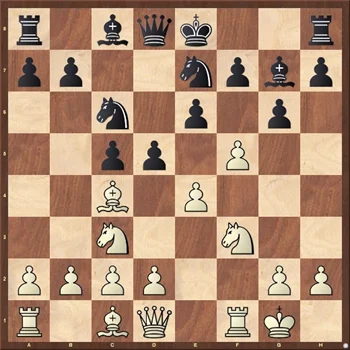
Instead, white should opt for 7.d3 and play this slower – first Qe1-h4, preparing the f5 advance.
In conclusion, the Grand Prix Attack can be a very good weapon against the Sicilian. It is challenging for the second player and there are a lot of tactical tricks to watch out for. It is also versatile, as you can choose to play different set-ups from one game to another. Finally, it’s a line that people often played not only at the club level but also at the Grandmaster level. Some of the most notable players are Gawain Jones, Judit Polgar, Gata Kamsky, Aaryan Tari, among many others.
Do you like the Grand Prix Attack? You can take a look at the Opening Weapon article based on that opening.
Want to master the art of attacking chess?
FM Storey finally agreed to share the attacking system he’s been teaching for over a decade. It is based on the color coding template, activity score algorithm, 9-point rule, and platinum rule all part of what he calls the Attacking Formula.



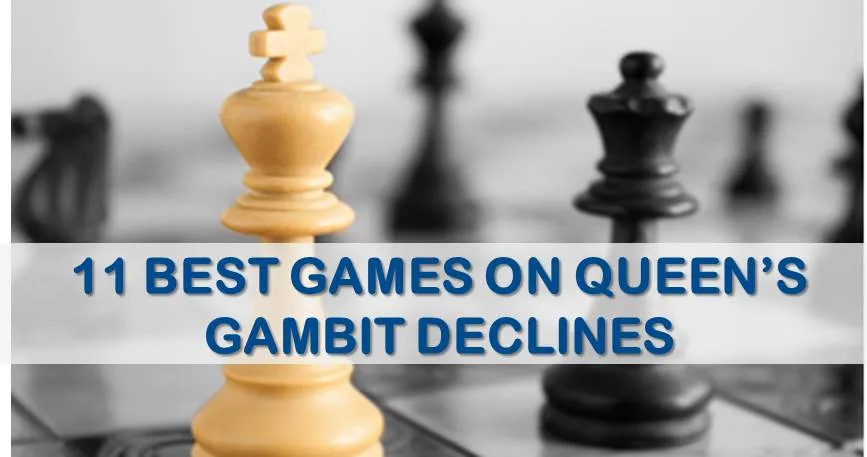
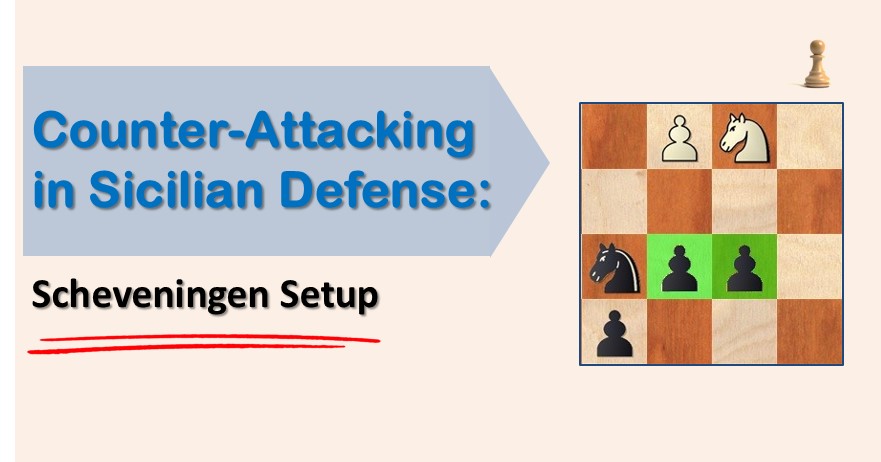
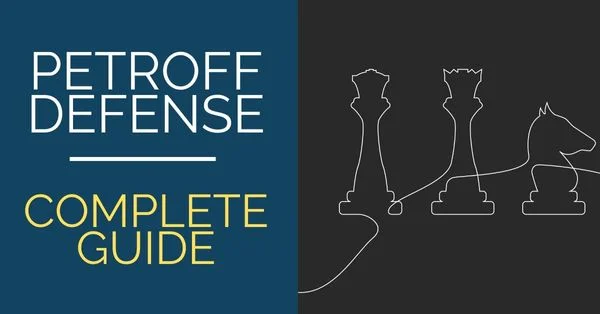




Comments: